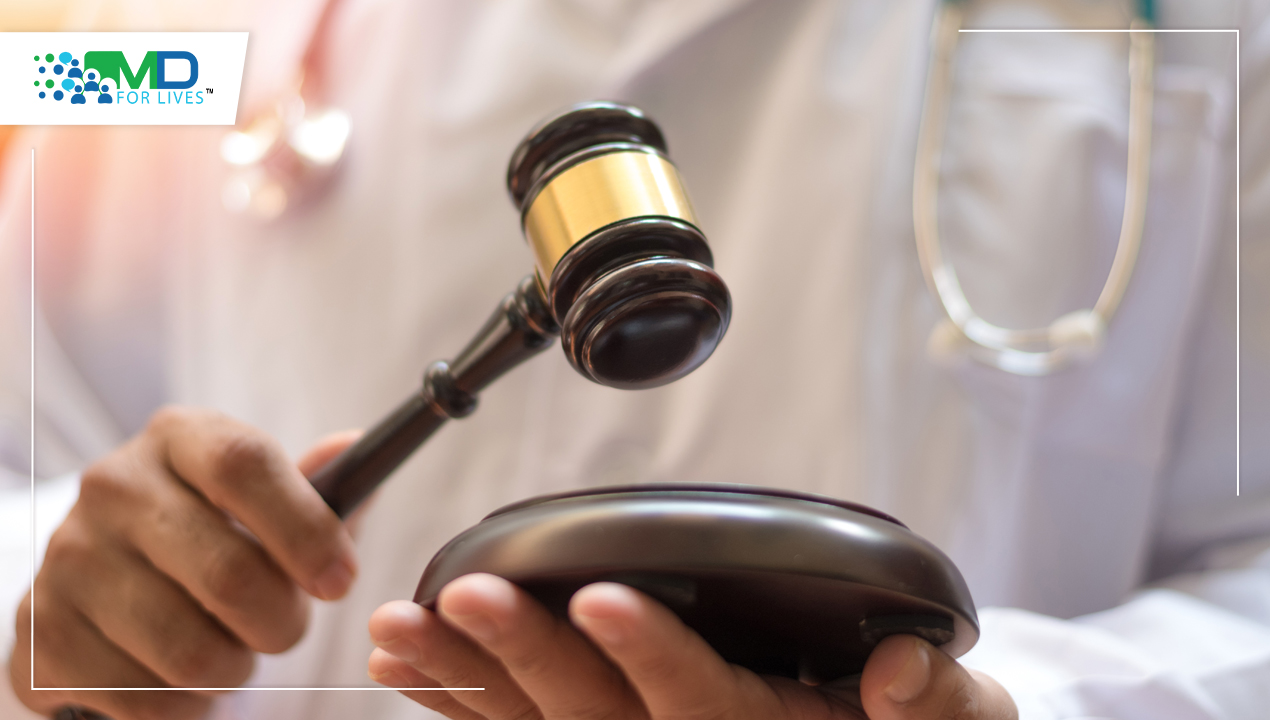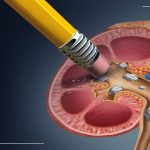Physicians must be aware of the legal issues related to their profession in order to protect themselves and their patients from legal pitfalls. Clinical skills and knowledge of medico-legal issues are prerequisites for practicing medicine.
What does Medicolegal mean?
Medicolegal refers to a combination of medical and legal issues, primarily:
- Medical jurisprudence is a medical specialty.
- Medical law is a type of law.
Medicolegal aspects are those that concern medical law, as well as the legal rights and responsibilities of doctors and patients. The common law (case-based law) governing a doctor’s interactions with patients within the parameters of a typical doctor-patient relationship is comparatively well-established; it is evident that doctors have a legal duty to patients to uphold a standard of reasonable care. In terms of ethics, common law, and legal requirements, there is a duty of care between doctors and patients.
Medical professionals rely heavily on the knowledge and counsel of lawyers and indemnity organizations. However, it is crucial for doctors to have a basic understanding of medical law.
There is proof that better legal knowledge among doctors enhances patients’ rights. Accreditation and standards for collegiate practice may also lessen practitioners’ exposure to legal repercussions.

Medicolegal Aspects of death
From legal perspective
- When somatic death occurs, a person is dead, and a death certificate can be produced to dispose of the body.
- Before the onset of molecular death, the deceased’s organs must be removed for transplantation (Supravita period)
- Liver-within 15 mins
- Kidney-within 45 mins
- Heart-within 1 hr
- Cornea-within 3 hrs
- Perimortem wounds are those that occur during the supravita period and should be distinguished from ante mortem wounds.
- However, “Beating Heart Donor”—the cardio-respiratory function maintained by a heart-lung machine for a fully oxygenated cadaver transplant—is not subject to any legal penalties.
Medico-Legal Importance
- Body features and appearances are preserved, aiding in the identification of the body.
- The fact that all wounds are in good condition makes it easier to determine the various causes of death.
- It can aid in determining the moment and location of death.
Any investigation into a death begins with an autopsy, which can be either a pathologist-performed medical examination to ascertain the cause of death or a medicolegal examination (ordered by legal authorities) and to ensure that justice is done. A law enforcement official, like the investigating police detective at the crime scene, will be present during the examination during a medicolegal autopsy in order to provide any information that might be helpful to the investigation. Additionally, at the scene of the crime or later during the medicolegal autopsy, the deceased’s family or friends might be asked to positively identify the deceased. Typically, a medicolegal autopsy entails the following steps:
- Examining the scene of the death (such as taking pictures of the body and the immediate vicinity),
- Identifying the body (using photographic identification cards and acquaintances of the victim), along with proper tagging of the body,
- Externally inspecting the corpse,
- An internal examination that includes skeletal and dental characteristics, a verbal account of the autopsy that is written down, and
- A toxicological evaluation of all bodily fluids, organs, and tissues
Medicolegal Aspects of Injury and Wound
Legally speaking, the word “hurt” refers to any kind of physical discomfort, wound, or injury that a person sustains. Common types of injury include abrasion, bruise, laceration, fracture, dislocation, incised wound, stab wound, puncture, penetrating wound, firearm wound, bomb blast wound, burn, and scald.
The medical-legal classification system is based on three criteria: severity, mode of death, and time of death. Injuries are classified according to severity: simple and grievous; mode of death: suicidal, homicidal, and accidental; and moment of death: ante-mortem and postmortem.
Wounds have the following medical and legal significance:
- It is possible to confirm that the weapon has sharp edges.
- The age of the injury could be determined.
- The wound’s tail can be used to determine the force application direction.
- Incised wounds from homicide are common.
- The penetration force will be indicated by the depth of the wound.
- Smoke in the victim’s respiratory system suggests that the person was still alive when the fire started.
- Foreign bodies discovered near the wound site may be able to shed light on how the crime was committed.
- Abrasions on the suspect’s face may be a sign of struggle.
- Rare are suicidal abrasions. They are frequently observed in homicides and accidents.
- Contusions can be intentional, suicidal, or unintentional.
- Suicidal firearm wounds are frequently indicated by the firearm in the victim’s hands as a result of a cadaveric spasm.
- Suicidal electrocution is uncommon, but it can happen in mentally ill people.
- The complete description of the injuries, as well as a recommendation regarding their legal standing, should be included in the medicolegal opinion. These viewpoints assist the legal system in determining the gravity of the crime and in determining the appropriate sentence for the suspect.
Because they could be homicidal or suicidal, injuries are not always to be thought of as accidental. In order to distinguish between these types of injuries and help law enforcement officials come to the truth, medical professionals should be well-versed in medicolegal skills. Otherwise, the doctor might be called as expert witness.

The management of injured patients should also include medicolegal notes to rule out any potential suicide or homicide attempts because further psychiatric or legal assistance might be able to stop inevitable deaths.

MDForLives is a vibrant community of healthcare professionals and patients dedicated to shaping the future of healthcare. We provide valuable global insights to healthcare companies through online surveys, interviews, and discussion forums.






